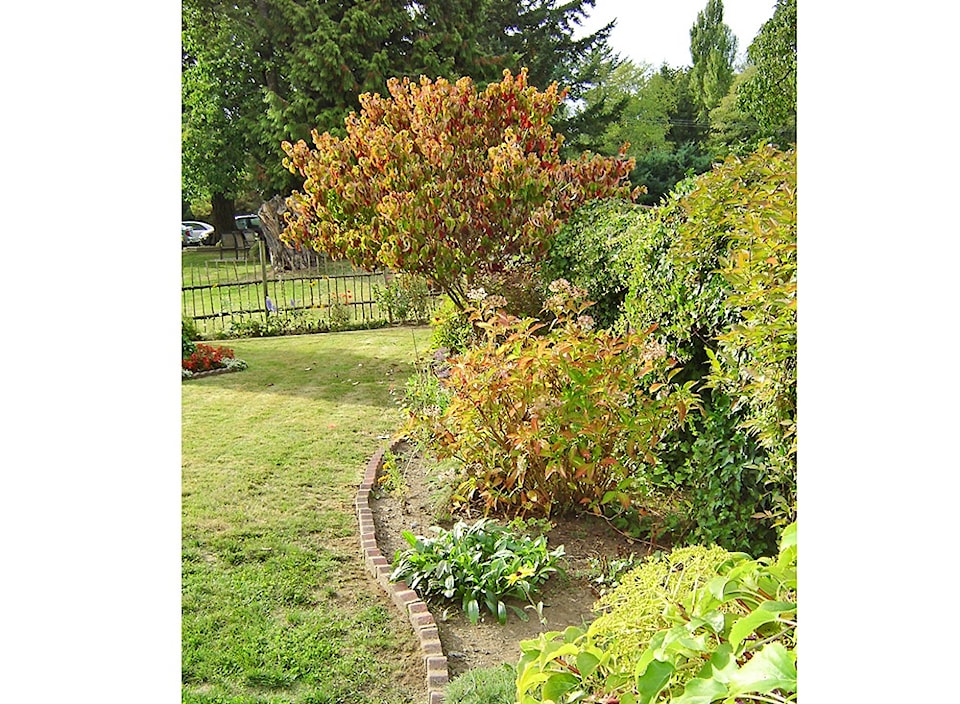Dear Anne,
I have three beautiful plum trees, two to three years old. One tree has a large number of growths. The other two trees are also getting this growth. Can this be managed, or will I have to cut down the trees at the end of the season?
Duncan Cronkhite, Aldergrove
You won’t have to cut down your trees. All that’s needed is regular pruning each winter. The first pruning might be fairly extensive. But later prunings won’t be as bad because fewer spores will be able to spread.
Your plum trees have black knot. It’s a common fungal disease which in time can kill plum, damson or sometimes cherry trees. Black knot spreads from wild and cultivated cherries and plums when spores mature in spring and drift around on the wind.
Pruning out the black-knot infected area is the easiest and most inexpensive way of controlling it. You need to remove the small infected branches about three inches nearer the trunk than the knot extends.
If you have any very large infected trunks or big branches that you don’t want to lose, you need to get a chisel or a dremel and hack the knot out. This often works (but not always – it depends how much extra wood you have room to take).
Afterwards you could be left with a heck of a hole. In this year’s dry and warm summer, the crater may dry fast. Nowadays, using pruning paint is generally considered unnecessary.
But if your tree shows a prolonged or very fast drip, you might check if your local garden centre does stock it. The cans of old-fashioned pruning paint used to go dry quite fast when stored – a good thing to be prepared for.
Gardeners in black-knot infested areas routinely check plum trees each winter and prune them if they find infection.
Dear Anne,
Do you have any suggestions of who may want a small, but rapidly growing Douglas fir tree which my husband planted in our flower garden. I would like to donate it before it gets to be too big. It is currently about four feet tall and has new growth on its branches.
Gill Edwards, Vancouver
If you can dig it up and get it in a pot without damaging the root, you might keep it for a few years as an outdoor potted Christmas tree.
Native evergreens such as Douglas firs grow far too large to be suitable or safe for the average city lot. Needles and cones plug gutters and litter patios. Big branches fall in storms and can dent cars (and people).
Because they also seed around abundantly, Douglas firs are often viewed as weeds. That’s why it may be difficult to arouse interest from plant clubs or landscapers.
Assuming you do get it potted-up in good shape, you might ask if the Vancouver Parks Department could use it. The Van Dusen Gardens may also have helpful advice.
Where Douglas firs fit in well is on large rural acreages away from houses. These trees freshen air and are a beautiful haven for wildlife.
I wonder if you have any relatives on a large rural property who, at Christmas, might be receptive to a potted Christmas tree with a few ornaments.
